Radioactive drinking water may sound like the stuff of nightmares, but the reality is both natural and man-made sources can introduce these materials into our water supply.
Radioactive materials in drinking water include radium, uranium, thorium, tritium, and radon. Except for tritium, these radioactive materials can be removed by reverse osmosis, ion exchange, or distillation. Tritium – a radioactive form of hydrogen – cannot be removed from water.
In this article, we’ll explore the types of radioactive materials that may be found in drinking water, their sources, the safe limits set by regulations, and the differences in radioactivity between rainwater and tap water. We’ll also discuss when and why you should test for radiation in your water supply, particularly if you rely on well water or a rainwater tank.
What Are Radioactive Materials?
Radioactive materials are elements that emit radiation as they decay. This decay process releases energy in the form of particles or electromagnetic waves. While radioactivity is often associated with nuclear reactors and bombs, it is also a natural phenomenon. Indeed, the environment around us contains naturally occurring radioactive materials (NORM).
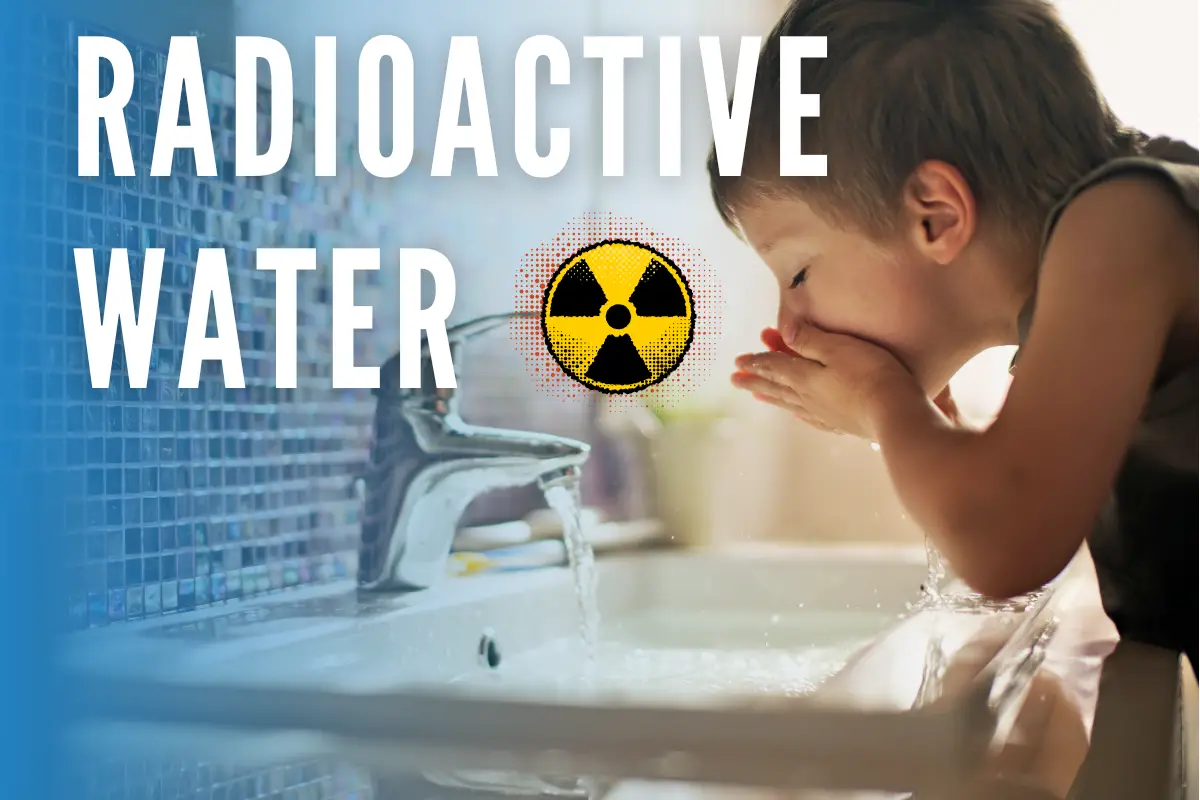
Types of Radioactive Materials in Drinking Water
Naturally Occurring Radioactive Materials
Several radioactive substances can be found in drinking water. Some of these are naturally occurring, while others are the result of human activity.
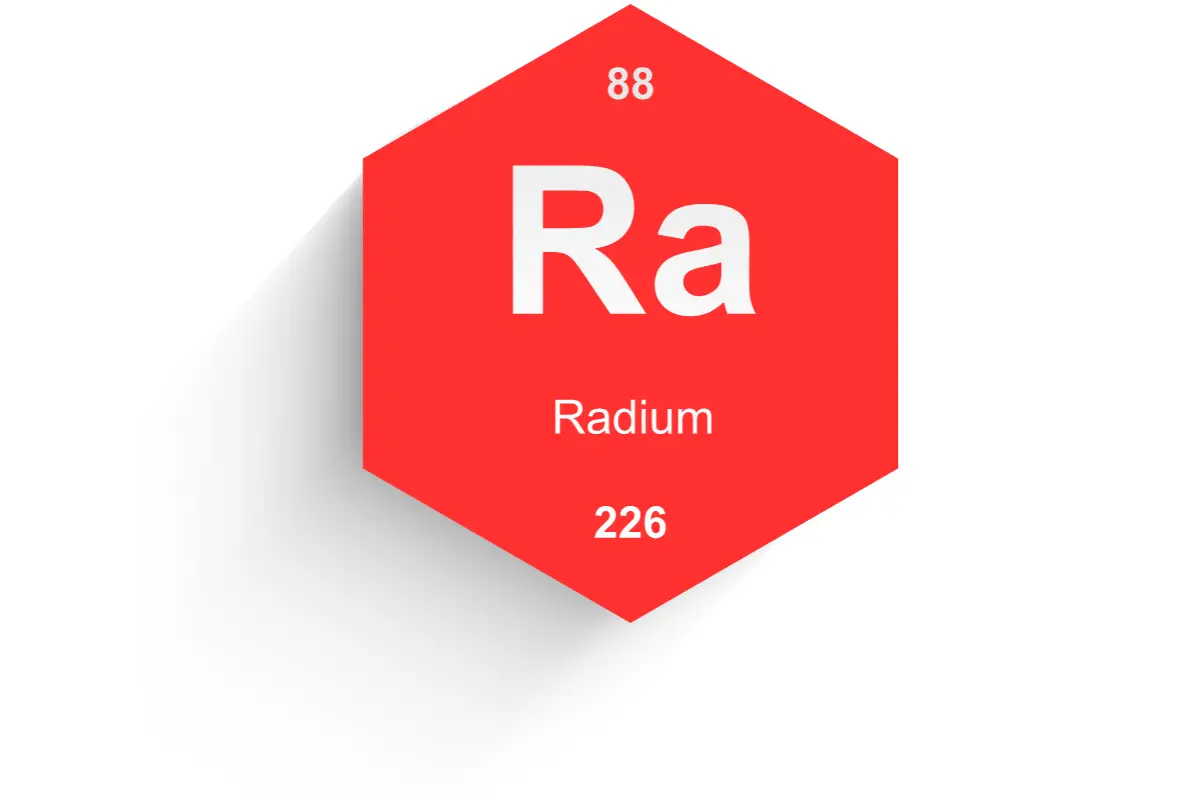
Radium: Radium is a naturally occurring radioactive metal that can dissolve in groundwater. It enters water sources through the decay of uranium and thorium in the earth’s crust.
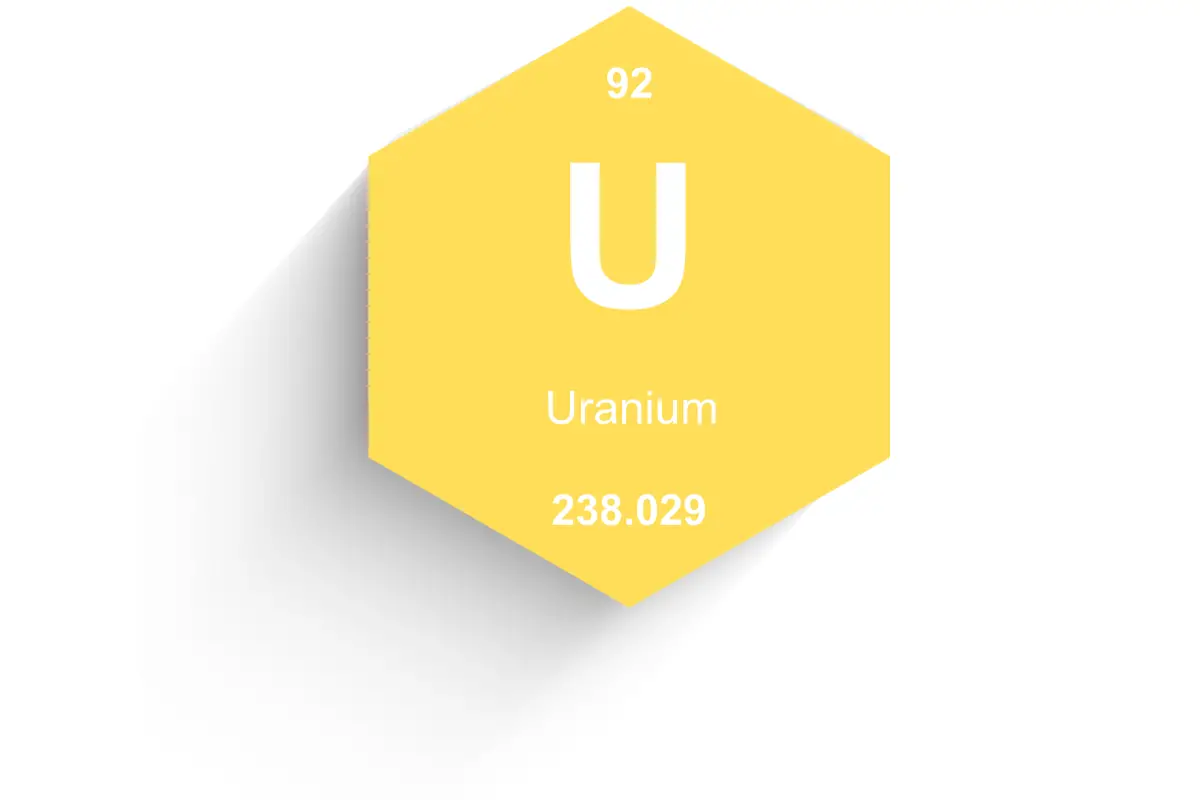
Uranium: This naturally occurring element can be found in varying amounts in soil, rock, and water. It tends to be soluble in groundwater and can enter water supplies from natural deposits, mill tailings, and the combustion of coal and other fuels.
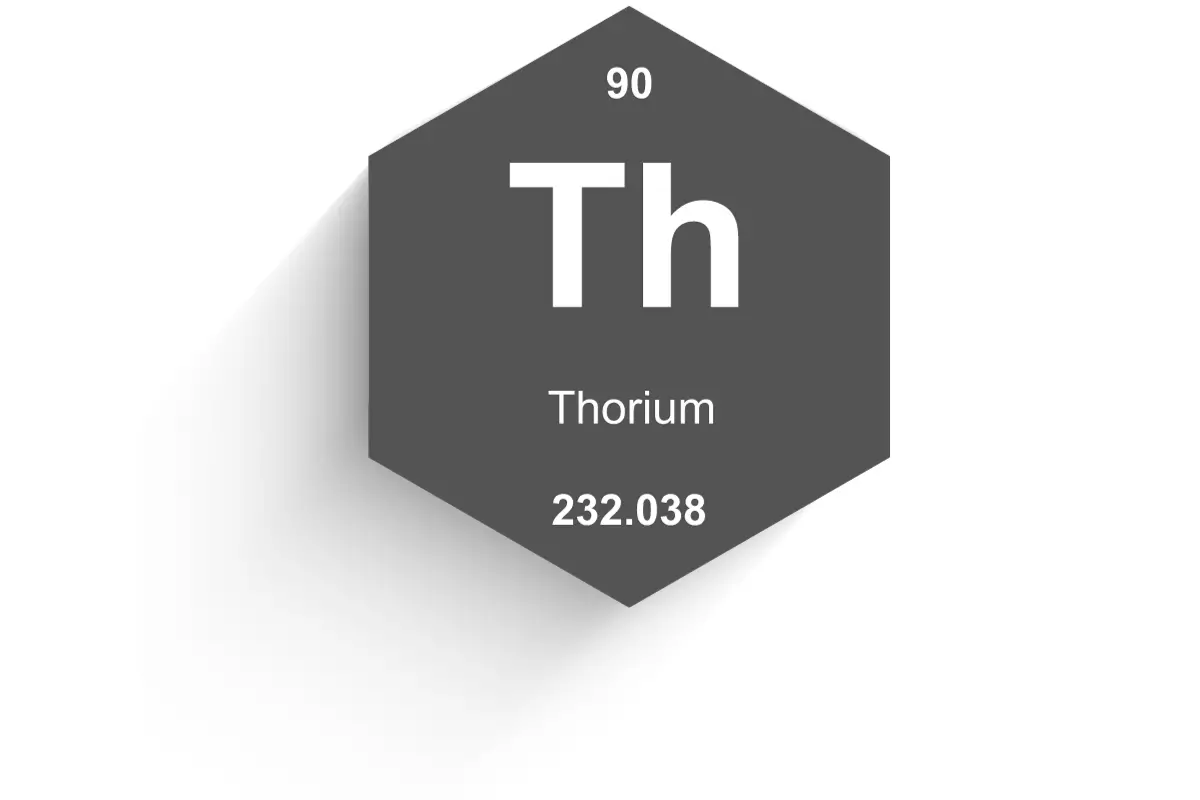
Thorium: Like radium and uranium, thorium is a radioactive element found naturally in the earth’s crust. It is less commonly mentioned because it is less soluble in water, but it can still be a concern in some areas.
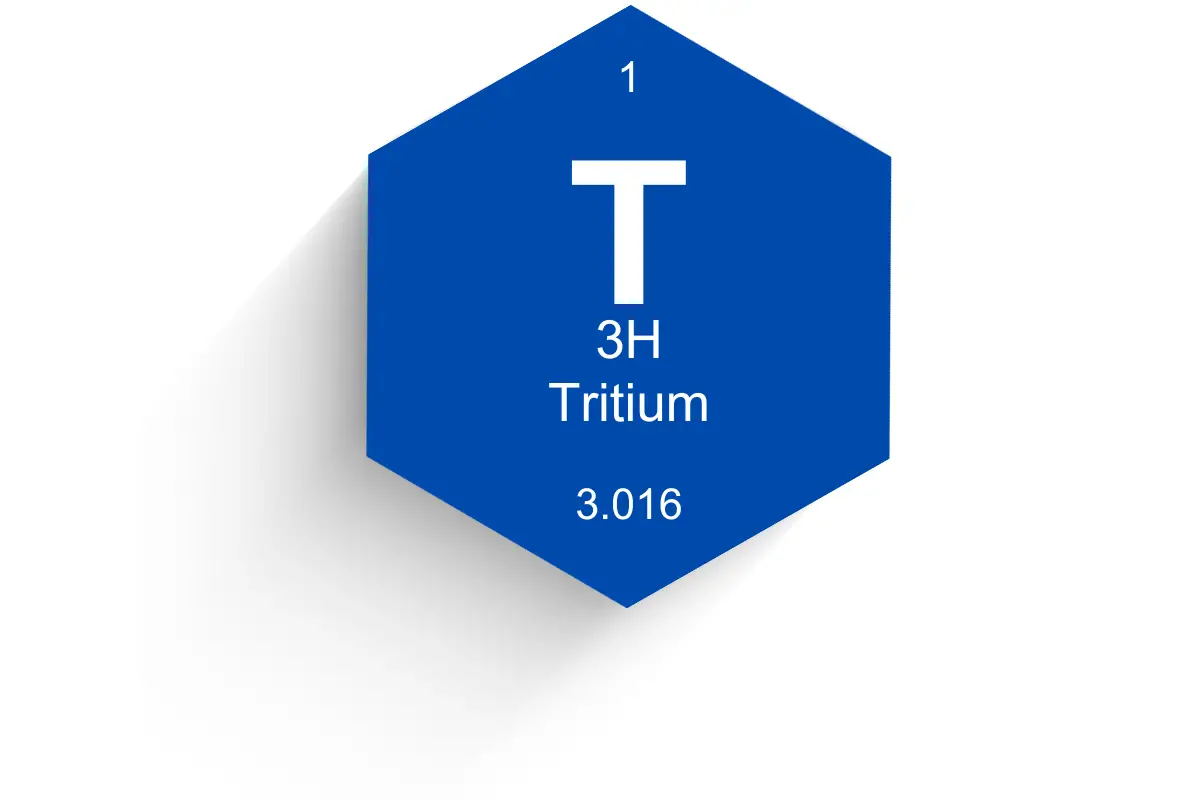
Tritium: Tritium is a radioactive form of hydrogen that occurs both naturally, from interactions between cosmic rays and the atmosphere, and as a by-product of nuclear power plants.
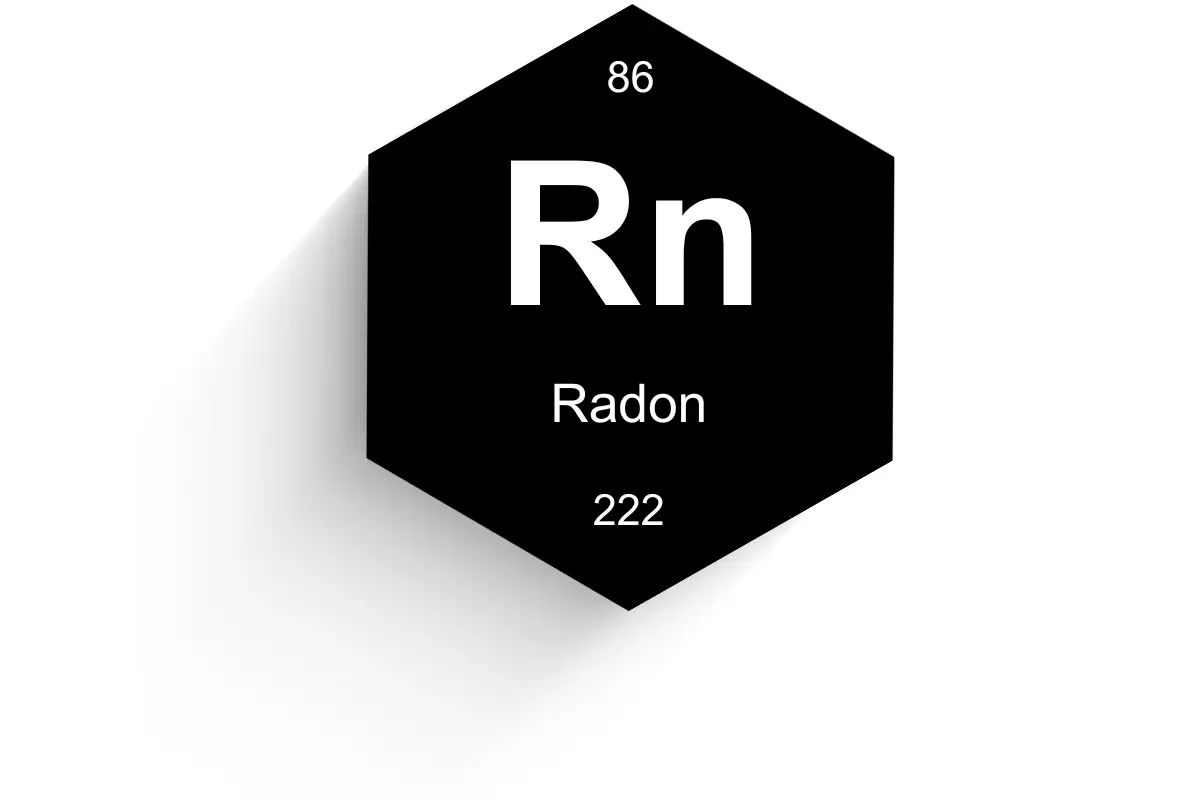
Radon: Radon is a colorless, odorless gas that comes from the natural decay of uranium in the ground. It can dissolve in groundwater and can be released into the air during activities such as showering.
Man-Made Radioactive Materials
Man-made radioactive materials can also find their way into water sources through improper disposal of medical waste, leaks or accidents at nuclear facilities, and runoff from agricultural or industrial sites.
Water itself cannot become radioactive in the typical sense of the word. When we discuss radioactivity in water, we’re generally referring to radioactive materials or isotopes that are dissolved or suspended in the water, not the water molecules themselves becoming radioactive.
However, there’s an exception to consider in the form of tritiated water. Water can contain a radioactive isotope of hydrogen known as tritium. When tritium (which is radioactive) replaces one of the stable hydrogen atoms in a water molecule, the resulting molecule is called tritiated water (HTO or ³H2O). Tritiated water is chemically identical to regular water (H2O), but it has a radioactive property due to the presence of tritium. This can occur naturally, albeit at low levels, or in higher concentrations around nuclear facilities.
For example, the radioactive water from the Fukushima nuclear power plant is mainly tritium – a radioactive version of hydrogen. Considering the Pacific Ocean already has 8,400 grams of tritium, Japan’s release of just 0.06 grams per year is so insignificant, it won’t have any noticeable impact on the ocean’s overall radioactivity.
So, while the H2O molecule isn’t inherently radioactive, it can carry radioactive isotopes within its structure, making the water effectively radioactive. This is quite different from the water containing dissolved radioactive materials such as uranium, radium, or radon, where the radioactivity is not a property of the water molecule itself but of the materials carried by the water.
Where Do These Materials Come From?
Natural radioactive materials enter the water supply through the dissolution of minerals that contain uranium and thorium, while man-made isotopes can enter through various forms of pollution. The levels of these contaminants can be influenced by factors such as:
- The composition of the bedrock and soil in the area.
- Human activities like mining, fracking, or the disposal of nuclear waste.
- Accidents at nuclear power plants.
Safe Limits of Radiation in Drinking Water
The U.S. Environmental Protection Agency (EPA) sets standards for radioactive substances in drinking water. These standards are based on the Maximum Contaminant Level (MCL), which is the highest level of a contaminant that is allowed in drinking water.
- Gross Alpha Particle Activity: The MCL is set at 15 picocuries per liter (pCi/L).
- Combined Radium 226/228: The MCL is 5 pCi/L.
- Uranium: The MCL is 30 micrograms per liter (µg/L).
- Beta Particle and Photon Radioactivity: The MCL varies for different contaminants but is generally calculated to ensure that exposure does not exceed a 4 millirem effective dose equivalent per year.
- Tritium: The Maximum Contaminant Level (MCL) for tritium is 20,000 picocuries per liter (pCi/L).
Is Water Tested for Radiation?
In the United States, public water systems are required to regularly test for radioactivity. The frequency and extent of testing depend on the size of the water system and the levels of radioactivity previously observed. If a water source tests above the MCL, the water supplier must take steps to reduce the level of contaminants and inform consumers.
Private wells are a different story. It is the responsibility of the well owner to test for radioactivity, and many are unaware of this responsibility or the risks involved.
Radiation in Rainwater vs. Tap Water
Rainwater can pick up contaminants as it falls through the atmosphere. In areas downwind of nuclear facilities, testing has sometimes revealed elevated levels of tritium in rainwater. However, by the time rainwater seeps through the ground and into aquifers to become groundwater, radioactive materials are often filtered out or diluted to lower concentrations. Conversely, if rainwater is collected and stored in a rainwater tank, it might not go through this natural filtration process, and the contaminants may remain.
Tap water, especially when sourced from a municipal system, typically undergoes treatment to remove contaminants, including radioactive substances, to ensure it meets safety standards.
Should You Test for Radiation in Your Water?
Testing for radiation in water is crucial under certain circumstances. If you have a private well or a rainwater tank, testing is strongly advised because these sources are not regulated by the EPA’s standards and are not regularly monitored by any other authority. Testing is particularly important if you live in an area with natural deposits of uranium, thorium, or radium, or in proximity to nuclear facilities or industrial areas where radioactive materials might be used.
If you decide to test your water, there are certified laboratories that can perform the analysis. You’ll need to collect a water sample following the lab’s instructions and send it to them for testing. Results will indicate the levels of various radioactive substances in your water and whether they exceed the MCLs set by the EPA.
Mitigating the Risk
If tests show that the radioactivity of your water supply exceeds safe levels, there are several ways to mitigate the risk:
- Reverse Osmosis: This process can remove many contaminants, including radioactive particles.
- Ion Exchange: Commonly used for softening water, ion exchange can also remove radium and uranium.
- Distillation: By boiling water and condensing the steam, distillation can remove many impurities, including the radioactive materials in water (also called fallout).
- Activated Carbon Filters: While not as effective against ions or salts, these filters can trap radon and other radioactive gases.
